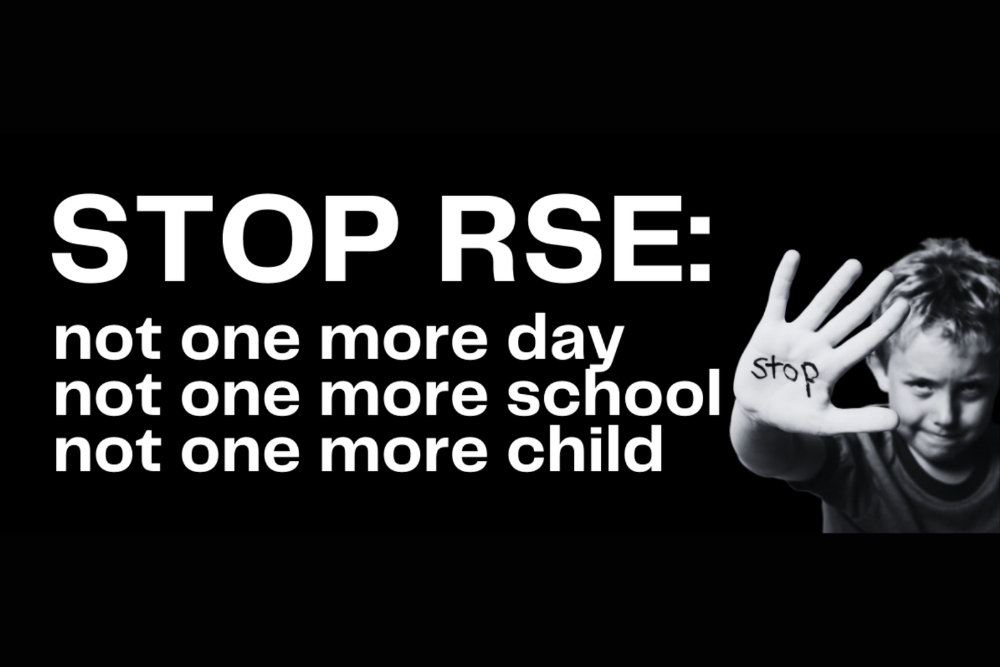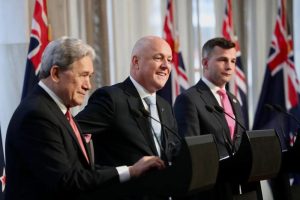By CRANMER
The Prime Minister announces changes to the controversial reform but we are left with the same problems that existed last year – only multiplied.
Recently we saw Labour’s biggest policy headache, the Three Waters reform, return to the political fray. When Parliament adjourned for the summer recess twelve weeks ago, the government was widely viewed as having lost its grip on the reforms amid accusations that Three Waters had become Five, and suspicions that underhand tactics had played a role in the entrenchment of a provision of the WSE Act.
It’s no surprise therefore that in Chris Hipkins’ first Cabinet meeting as Prime Minister on 25 January, he approved the proposed overseas travel of Minister Mahuta to India departing shortly thereafter on Waitangi Day. The former Minister for Local Government who had, until the beginning of this year, overseen this major reform for the government has spent a significant amount of time out of the country ever since.
The new Three Waters, reborn as the Affordable Water Reform, was presented to the public by Prime Minister Hipkins and newly-appointed Minister for Local Government, Kieran McAnulty last Thursday.
The headline item was that the four mega-entities have now been expanded to ten smaller regional entities to allow for greater council representation. Representation on the Regional Representative Groups has been a point of contention for some time for both councils and iwi. Ngāti Whātua’s Ngarimu Blair raised the topic before Christmas, pointing out that despite being Auckland’s largest iwi, Ngāti Whātua did not have a seat on the Auckland and Northland RRG.
At the time, Minister Mahuta did not want to move away from the four mega-entity model, and also rejected increasing the number of representatives on each RRG from the stipulated twelve. She stated that, in her experience with Treaty entities, governing and decision-making became difficult once the number of members exceeded twelve. However, under pressure at the end of last year, Mahuta eventually relented and allowed RRG’s to consist of twelve or more representatives.
Now that the water services entities have also expanded to ten, it will be interesting to see if the government reduces the representatives on each RRG back to twelve or leaves them uncapped. The effect of both of these changes is that we’ve gone from four entities with twelve representatives each to ten entities with an uncapped number of representatives. Exactly the scenario that Minister Mahuta was trying to prevent for reasons of good governance.
It’s a good illustration of how tinkering with an already flawed structure has only succeeded in multiplying the costs and complications.
It was also noteworthy that during his announcement last Thursday, Prime Minister Hipkins mentioned Te Mana o te Wai statements and added, “There is also an ability for Te Mana o Te Wai statements [to be issued]. And we’ve introduced an equivalent for other significant interested parties in water use to also have a say in that”.
This has also been a significant bone of contention for some time although Te Mana o te Wai statements only began to feature in the public discussion at the end of last year. When the independent working group comprising mayors and iwi representatives considered the reform in early 2022, some mayors proposed that both councils and mana whenua should have input in Te Mana o te Wai statements.
The point was knocked back by iwi, particularly by Tuku Morgan, who was of the view that the statements should only be for mana whenua. It’s a hugely significant issue because the statements allow iwi and hapū to express their aspirations in the widest possible terms, for instance in relation to economic or employment aspirations. Each water service entity is then under an obligation to implement these requests and itemize any that have not been actioned in its annual report.
These statements will be funded by the water service entities so they will be substantial documents covering a wide range of issues. It’s not clear how the entities will prioritise and reconcile competing statements and how this will impact on its primary role of undertaking the water infrastructure upgrade. Similar concerns were raised by smaller iwi during the public submission phase of the Bill’s passage through Parliament.
In any event, the Water Services Entities Act already contains a mechanism for annual public consultation with community groups in order to take feedback and gauge satisfaction from consumers. It’s not clear if this was what the Prime Minister was referring to when he mentioned that an ‘equivalent’ to Te Mana o te Wai statements would be included in the reforms. Clearly, an annual consultation falls well short of the implementation requirements relating to Te Mana o te Wai statements.
There also remains a serious concern that these statements have the potential to overwhelm the water services entities and introduce delays and complications to the infrastructure upgrade.
This is particularly relevant when the financing arrangements are considered. The government’s ad agency has done its job by proposing a new name which they hope will appeal to the public. These reforms are now affordable. That may or may not be the case but hopefully this moniker will encourage greater scrutiny of the proposed debt financing that will fund the upgrade.
I have written on the topic at some length last year but in summary the debt is high octane. The government’s own documents which it has shared with the global ratings agency Standard & Poor’s, described the financial risk profile of the debt as ‘aggressive’. That assessment reflects both the amount of debt being raised and also the debt service requirements. Although the debt is interest-only, the interest expense is so significant that there is barely any free cashflow remaining after payment of operating costs and interest expense.
As a result, there is very little margin for error and any significant cost overruns, delays or labour disputes can very quickly create issues with the financing which in turn can cause chaos with the reforms. It’s no coincidence that Scotland, who the government has consulted with on these reforms, does not use leveraged finance to fund its water infrastructure.
We are, therefore, left with the same problems as existed last year – only multiplied. The complicated and untested governance structure, including the Te Mana o te Wai statements, together with a very aggressive leveraged financing package is unquestionably too risky a proposition for our national water infrastructure.










